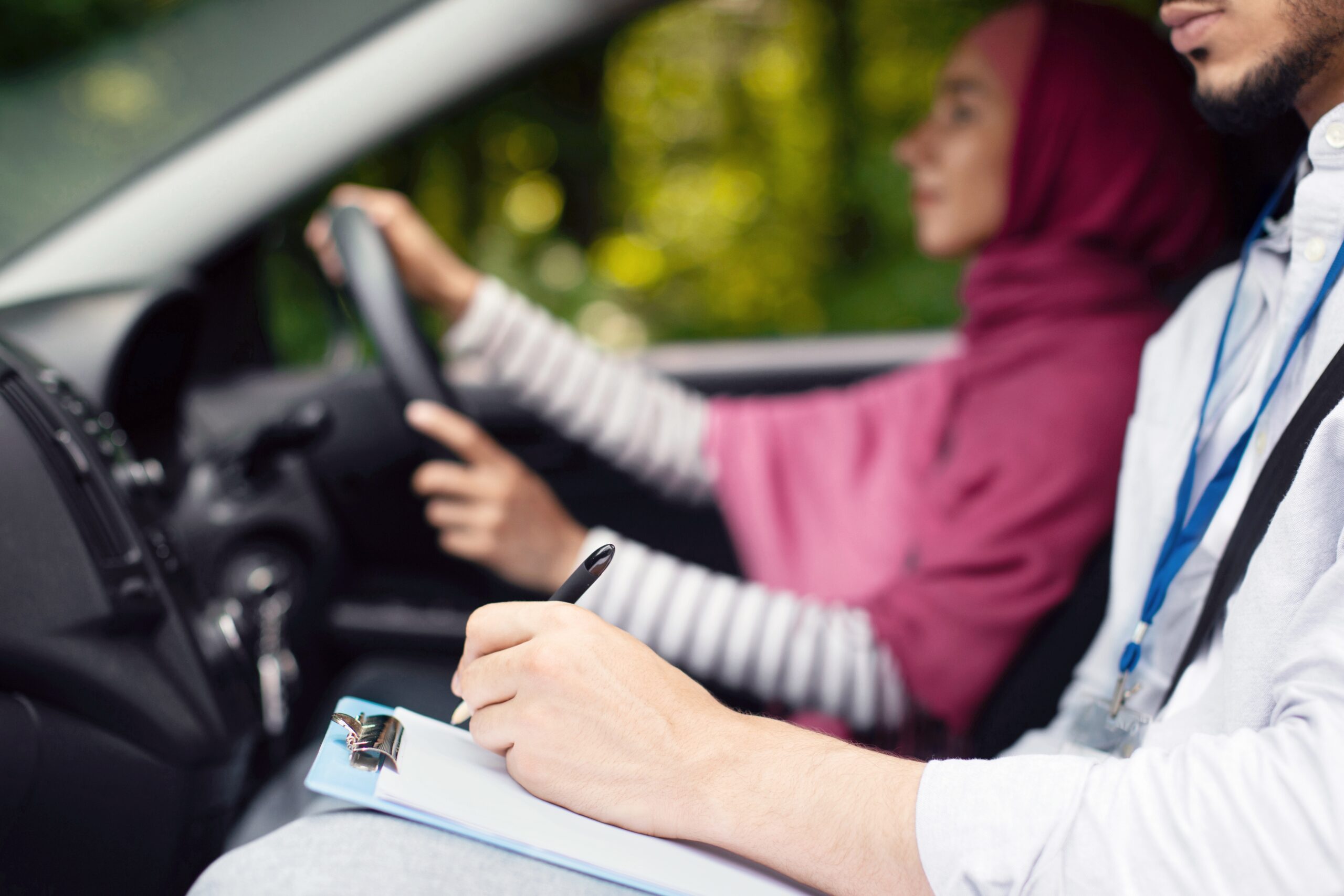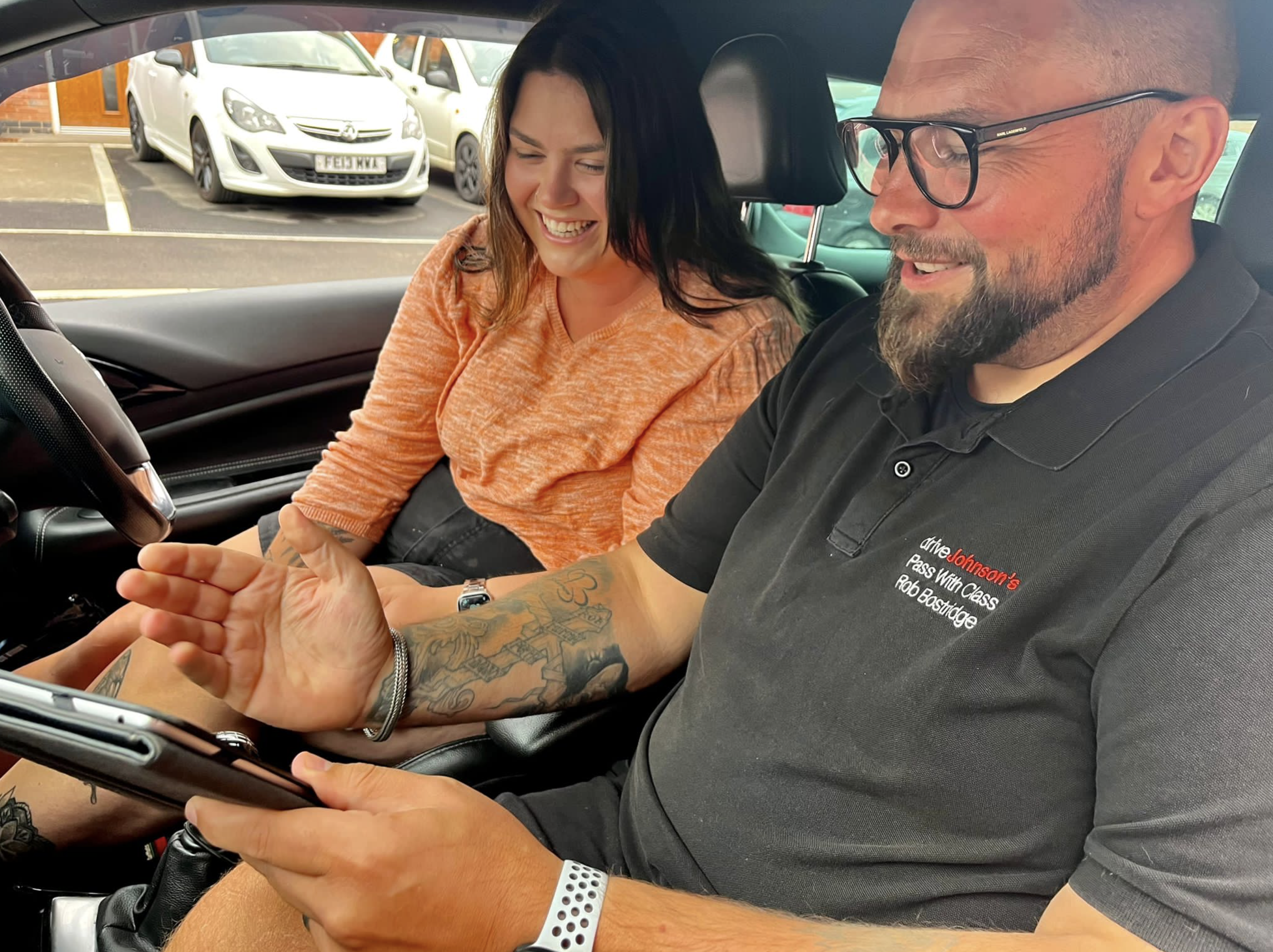Planning to take your driving test soon? If so, the DVSA has just announced changes to the test format that you need to know about.
They are now rolling out some updates to the driving test format, which are aimed at giving you more time behind the wheel, improving how the test flows, and better reflecting real-world driving conditions.
Why are the DVSA making changes to the driving test?
The DVSA have been looking for a better way to give a broader picture of learners’ abilities in different driving scenarios. They also wanted to give examiners more flexibility to plan routes so that they feel closer to what people experience driving every day.
Since April 2025, they have been trialling specific changes to how the test is carried out by examiners in 20 different areas, and the feedback has been so positive that they now want to roll it out to every test centre nationwide.
What are the changes?
These are the changes that you will be seeing on your test:
- Fewer routine stops: Previously, learners could have been asked to stop the vehicle up to four times; this will now be up to three times. The aim of this is to make the test less stop-start and recreate a more realistic driving experience.
- Reduced emergency stops in tests: The emergency stop will appear less frequently on driving tests. It had been appearing in one in three tests; this will now only appear in one in seven tests.
- More independent driving: The independent driving part of every test will be extended, with learners now driving independently for the majority of the test, being guided by either a sat nav and/or road signs. This is so that learners can demonstrate their ability to make safe decisions on their own, as they would do after they passed their driving test.
What do instructors think of this change?
At driveJohnson’s, where we have over 800 instructors covering over 1000 areas across the UK, the response from our instructors has been positive.
Director of driveJohnson’s, Anthony Johnson, explained:
“It’s a good idea. It’s more reflective of real-life driving, and it should help examiners who may not know the area well, especially if they’re covering sickness or supporting test centres with high waiting times, to bring those waiting times down.
All modern cars now come with ABS as standard, so an emergency stop is less likely to go wrong compared to 15–20 years ago, when drivers really needed to understand cadence braking. High-speed collisions are where most road fatalities occur, so incorporating faster road driving more is a welcome change.”
Our driving instructors in areas outside the trial are already working on preparing their learners for the new test format. Ian Taylor, one of our driving instructors in Ipswich, said, “I’ve updated my lesson plans and I’ll be going over the new format straight away with all my pupils so they feel totally confident with the changes.”
What are the changes like for learners?
For learners, the test should now feel less stop-start and more like a real-world drive. Test routes will venture further afield into higher-speed areas, guided by road signs and sat nav, rather than through constant directions from the examiner.
Don Russell, one of our instructors offering driving lessons in Oxford, has seen the changes in action as the DVSA has piloted them in the city.
“I observed two tests incorporating the new changes,” he said. “And I think they work well.
I prefer using the satnav and road signs more. In real-world driving, you either already know the route or rely on a sat nav for directions; it’s not often you’d have a passenger telling you where to go anymore. Examiners might ask instructions differently from each other, but using the sat nav means the directions sound the same.
Both my pupils did very well with the new format and passed on their first attempt. When I asked how they felt about following the sat nav the whole time on the test, they both preferred it.”
Final things to remember
These updates are meant to make the driving test experience seem closer to real-world driving scenarios you will encounter throughout your future driving. By reducing the stops and extending the independent driving, learners now have a better opportunity to demonstrate their skills.
At driveJohnson’s, we understand that these changes can feel daunting, but we are here to help you feel fully prepared before your test. Whether you are taking driving lessons in Birmingham, Edinburgh, Ipswich, or anywhere else across the country, we have instructors offering personalised guidance to ensure you are fully familiar with the new test format. They will carry out mock tests and support you ahead of the big day, so that you can approach your test with confidence.








